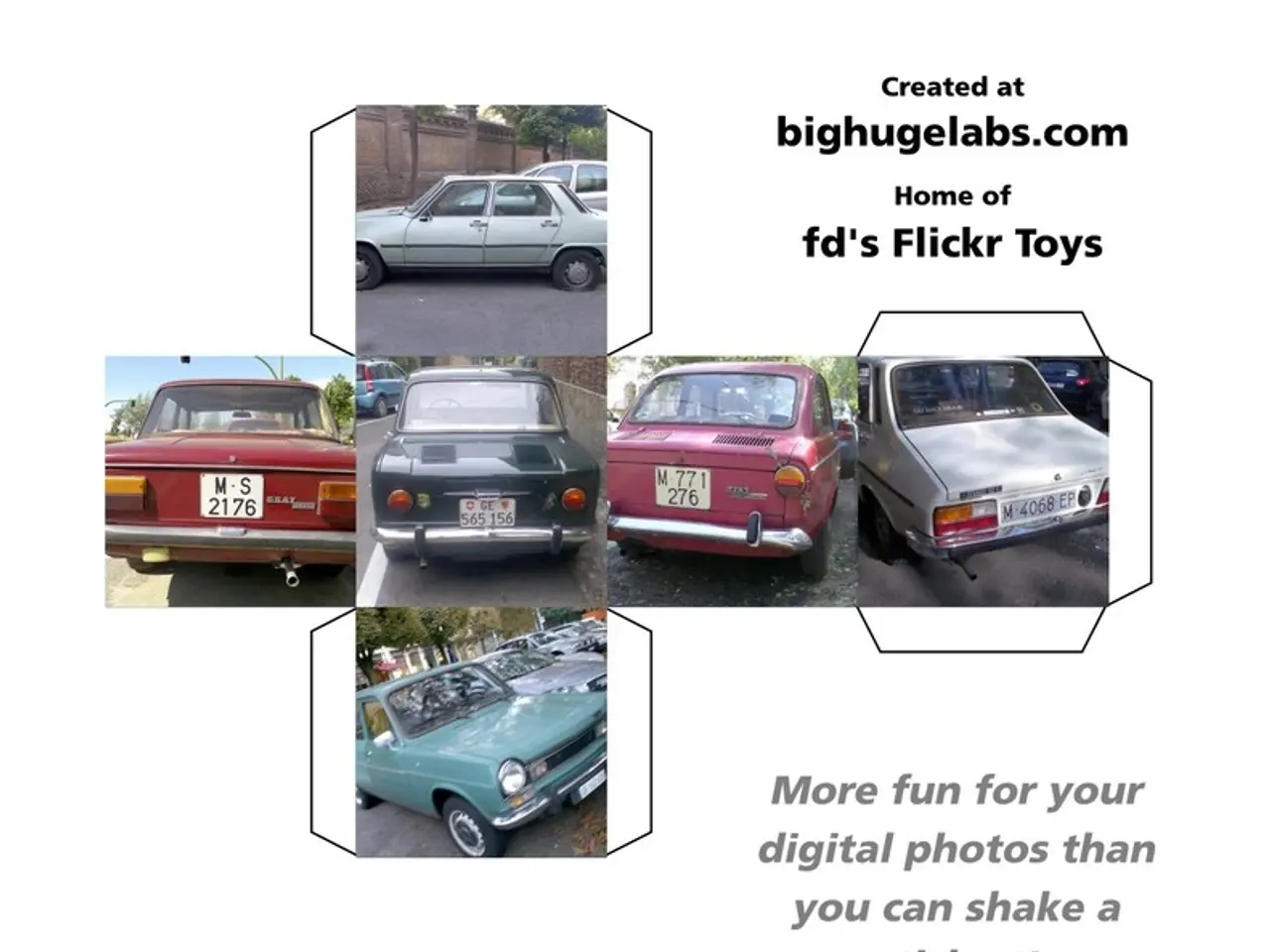Struggling Progress in Australia's Electric Vehicle Adoption
The Australian government and various state administrations are making significant strides in promoting electric vehicle (EV) adoption, with investments totalling $49.3 million to deliver 117 chargers on key highway routes and overhauling over 100 apartment buildings with EV charging stations. However, challenges remain, particularly in high-density living areas and regional regions.
Challenges in Electric Vehicle Infrastructure
One of the primary obstacles is the lack of adequate public EV charging infrastructure. Many Australians, especially renters and apartment dwellers, cannot install chargers at home, creating a barrier to EV adoption. Structural barriers such as renting and apartment living limit access to private charging points, making kerbside or public charging critical.
Another issue is the high EV-to-public charger ratio, indicating a deficit of public chargers compared to the number of EVs. This disparity puts Australia behind other countries globally. Other challenges include slow rollout of grid connections, concerns about monopolistic control of charging infrastructure, and regional and remote areas requiring specifically tailored charging solutions.
Affordability and market concerns also play a role in EV uptake challenges. Competition mainly from Chinese brands, reliability perceptions, and local servicing are factors that impact the adoption rate of EVs. The dispersed population and long travel distances in cities and regional areas exacerbate infrastructure demands.
Proposed Solutions
To address these challenges, several solutions are being proposed or implemented. Deploying kerbside chargers quickly, especially in cities and apartments, is crucial to overcome structural access issues for those without private parking. Encouraging a competitive market for EV charging infrastructure can keep costs down and improve consumer choice, while balancing concerns about monopoly control.
Developing heavy vehicle charging hubs (up to 165 hubs proposed) is vital for supporting freight electrification, which is critical for carbon reduction in regional and long-haul transport. Learning from international markets with similar driving patterns can provide insights into addressing infrastructure challenges and opportunities for EV adoption. Addressing grid transmission and distribution upgrades is necessary to support infrastructure expansion without bottlenecks.
In high-density urban areas, the focus is on public kerbside charging infrastructure and regulatory frameworks to enable fair and rapid rollout. In regional areas, the emphasis is on freight electrification hubs and grid readiness to manage dispersed demand. Both contexts require coordinated policy, investment, and market strategies to accelerate EV infrastructure deployment and, thus, adoption.
In conclusion, the Australian government and state administrations are taking steps to improve EV infrastructure, particularly in high-density living areas and regional regions. Addressing challenges such as the lack of public charging infrastructure, structural barriers, high EV-to-public charger ratio, slow rollout of grid connections, regional and remote area challenges, affordability, and market concerns is crucial for EV uptake. Implementing solutions like deploying kerbside chargers, encouraging competition in the EV charging market, developing heavy vehicle charging hubs, learning from international markets, and addressing grid transmission and distribution upgrades can help accelerate EV infrastructure deployment and adoption in Australia.
[1] Australian Government Department of Industry, Science, Energy and Resources. (2021). National Electric Vehicle Strategy 2020-2025. Retrieved from https://www.industry.gov.au/sites/default/files/2021-06/National-Electric-Vehicle-Strategy-2020-2025.pdf
[2] NSW Government. (2021). NSW Electric Vehicle Strategy 2021-2025. Retrieved from https://www.planning.nsw.gov.au/-/media/files/nsw-electric-vehicle-strategy-2021-2025.pdf
[3] Australian Automotive Dealer Association. (2021). Electric Vehicle Market Insights. Retrieved from https://www.aada.com.au/media/684569/aada-electric-vehicle-market-insights-q4-2020.pdf
[4] Australian Energy Market Operator. (2020). Electric Vehicle Integration Study. Retrieved from https://www.aemo.com.au/-/media/Files/Electricity/National-Electricity-Market/Electric-vehicle-integration-study/Final-report/AEMo-EV-Integration-Study-Final-Report-v1-0.pdf
[5] Energy Networks Australia. (2020). Electric Vehicle Charging Infrastructure Roadmap. Retrieved from https://www.energynetworks.com.au/__data/assets/pdf_file/0008/133924/ENA-EV-Charging-Infrastructure-Roadmap-2020.pdf
- Despite investments in electric vehicle (EV) adoption by the Australian government and various state administrations, challenges persist, such as the scarcity of public charging stations and structural barriers faced by renters and apartment dwellers.
- To overcome these challenges, initiatives like deploying kerbside chargers in urban areas and developing heavy vehicle charging hubs are proposed, aiming to improve EV influx in regional and long-haul transportation.
- As competition in the EV charging market increases, with Chinese brands dominating the market, concerns about affordability, reliability, and local servicing impact EV uptake.
- To address the high EV-to-public charger ratio, policymakers are considering balancing monopoly control of charging infrastructure while encouraging competition, thereby lowering costs and raising consumer choice.
- In high-density urban areas and regional regions, different strategies must be comprehensively utilized to expedite EV infrastructure deployment and thus adoption, such as public kerbside charging infrastructure, grid readiness, and freight electrification hubs.




